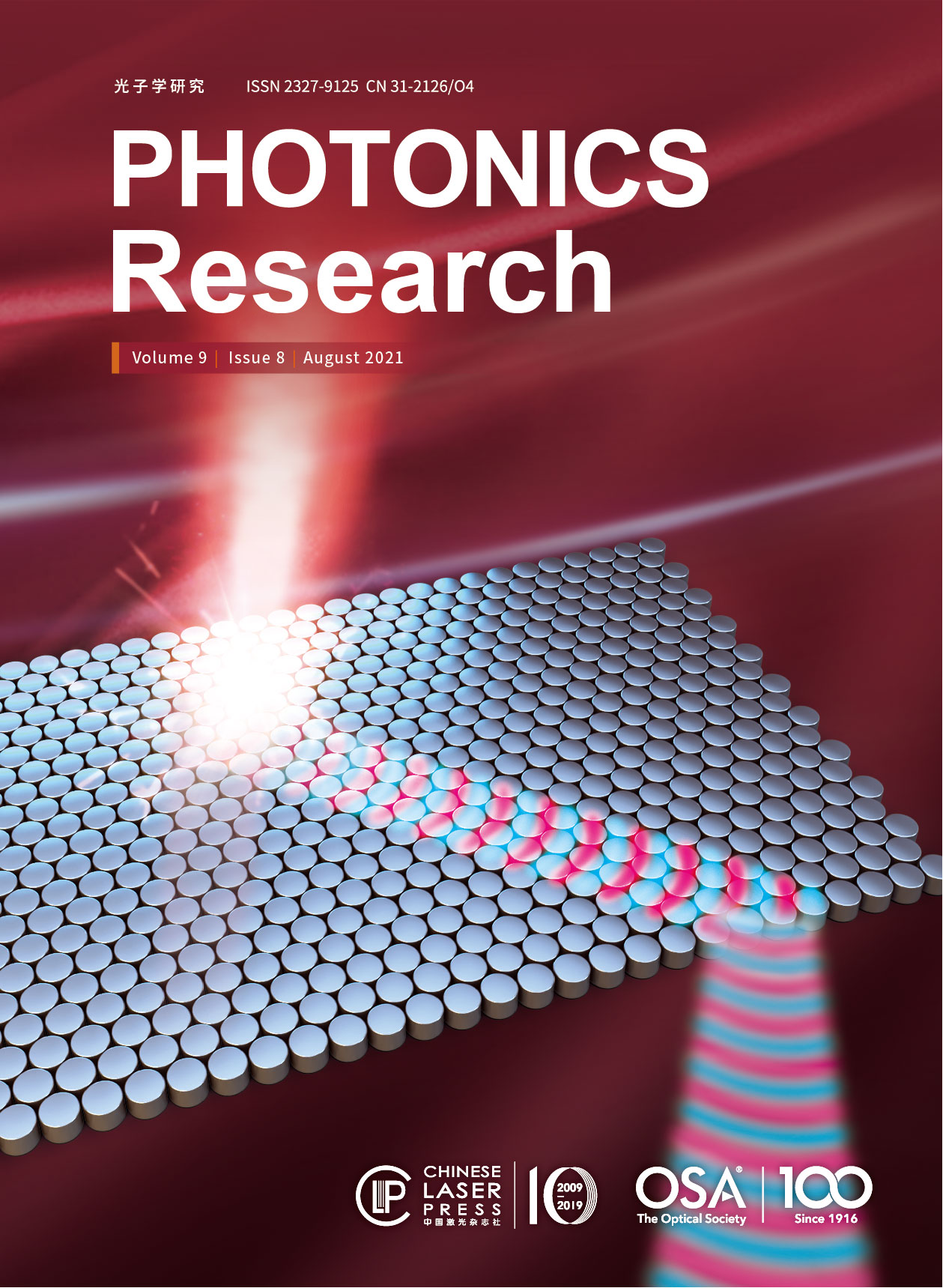Optical focusing through scattering media is of great significance yet challenging in lots of scenarios, including biomedical imaging, optical communication, cybersecurity, three-dimensional displays, etc. Wavefront shaping is a promising approach to solve this problem, but most implementations thus far have only dealt with static media, which, however, deviates from realistic applications. Herein, we put forward a deep learning-empowered adaptive framework, which is specifically implemented by a proposed Timely-Focusing-Optical-Transformation-Net (TFOTNet), and it effectively tackles the grand challenge of real-time light focusing and refocusing through time-variant media without complicated computation. The introduction of recursive fine-tuning allows timely focusing recovery, and the adaptive adjustment of hyperparameters of TFOTNet on the basis of medium changing speed efficiently handles the spatiotemporal non-stationarity of the medium. Simulation and experimental results demonstrate that the adaptive recursive algorithm with the proposed network significantly improves light focusing and tracking performance over traditional methods, permitting rapid recovery of an optical focus from degradation. It is believed that the proposed deep learning-empowered framework delivers a promising platform towards smart optical focusing implementations requiring dynamic wavefront control.
.- Publication Date: Jul. 16, 2021
- Vol. 9, Issue 8, B262 (2021)
The connection between Maxwell’s equations and neural networks opens unprecedented opportunities at the interface between photonics and deep learning. This feature issue highlights recent research progress at the interdisciplinary field of photonics and deep learning and provides an opportunity for different communities to exchange their ideas from different perspectives.
.- Publication Date: Jul. 19, 2021
- Vol. 9, Issue 8, DLP1 (2021)
- Publication Date: Jul. 30, 2021
- Vol. 9, Issue 8, 1616 (2021)
- Publication Date: Jul. 15, 2021
- Vol. 9, Issue 8, 1470 (2021)
- Publication Date: Jul. 20, 2021
- Vol. 9, Issue 8, 1513 (2021)
- Publication Date: Jul. 30, 2021
- Vol. 9, Issue 8, 1581 (2021)
- Publication Date: Jul. 15, 2021
- Vol. 9, Issue 8, 1477 (2021)
- Publication Date: Jul. 08, 2021
- Vol. 9, Issue 8, 1446 (2021)
- Publication Date: Jul. 20, 2021
- Vol. 9, Issue 8, 1486 (2021)
- Publication Date: Jul. 30, 2021
- Vol. 9, Issue 8, 1569 (2021)
- Publication Date: Jul. 08, 2021
- Vol. 9, Issue 8, 1432 (2021)
- Publication Date: Jul. 08, 2021
- Vol. 9, Issue 8, 1439 (2021)
- Publication Date: Jul. 20, 2021
- Vol. 9, Issue 8, 1493 (2021)
- Publication Date: Jul. 29, 2021
- Vol. 9, Issue 8, 1531 (2021)
- Publication Date: Jul. 29, 2021
- Vol. 9, Issue 8, 1550 (2021)
- Publication Date: Jul. 08, 2021
- Vol. 9, Issue 8, 1423 (2021)
- Publication Date: Jul. 30, 2021
- Vol. 9, Issue 8, 1592 (2021)
- Publication Date: Jul. 09, 2021
- Vol. 9, Issue 8, 1462 (2021)
- Publication Date: Jul. 29, 2021
- Vol. 9, Issue 8, 1559 (2021)
- Publication Date: Jul. 30, 2021
- Vol. 9, Issue 8, 1598 (2021)
- Publication Date: Jul. 30, 2021
- Vol. 9, Issue 8, 1607 (2021)
- Publication Date: Jul. 20, 2021
- Vol. 9, Issue 8, 1502 (2021)
- Publication Date: Jul. 09, 2021
- Vol. 9, Issue 8, 1455 (2021)
- Publication Date: Jul. 30, 2021
- Vol. 9, Issue 8, 1645 (2021)
- Publication Date: Jul. 23, 2021
- Vol. 9, Issue 8, 1522 (2021)
- Publication Date: Jul. 29, 2021
- Vol. 9, Issue 8, 1540 (2021)














